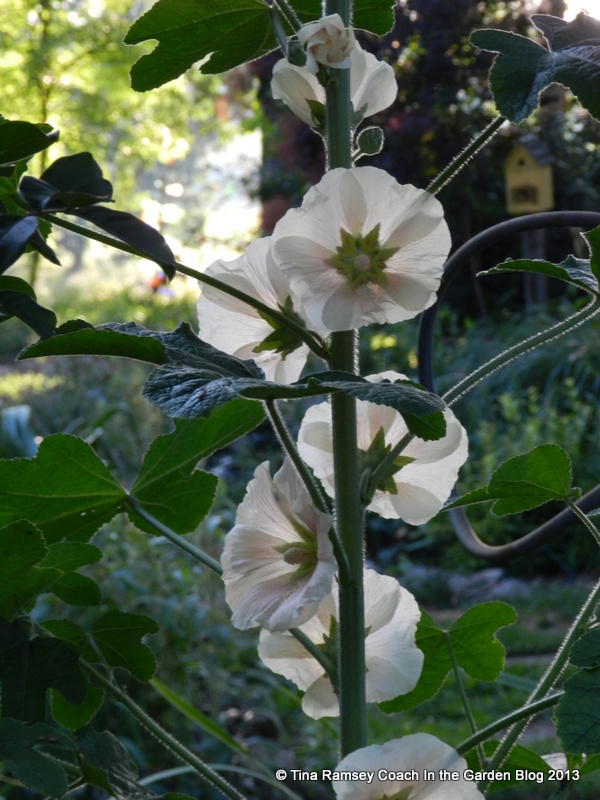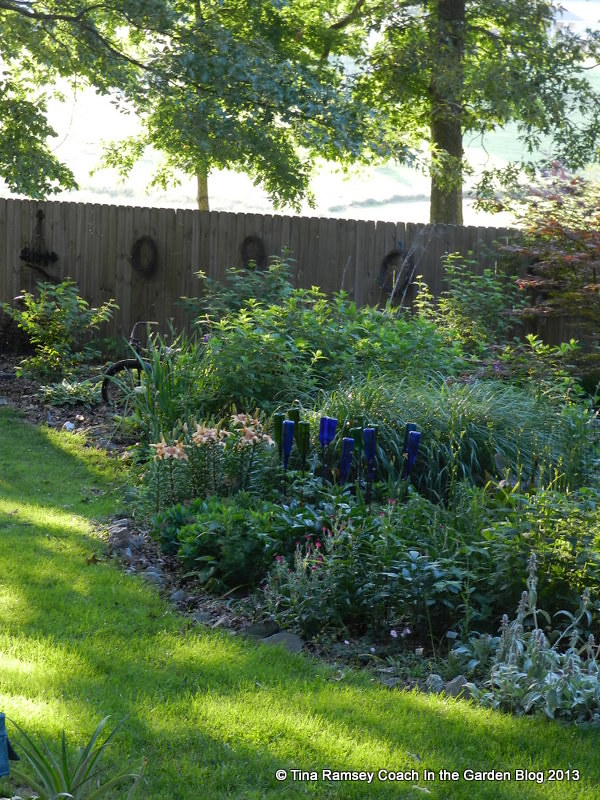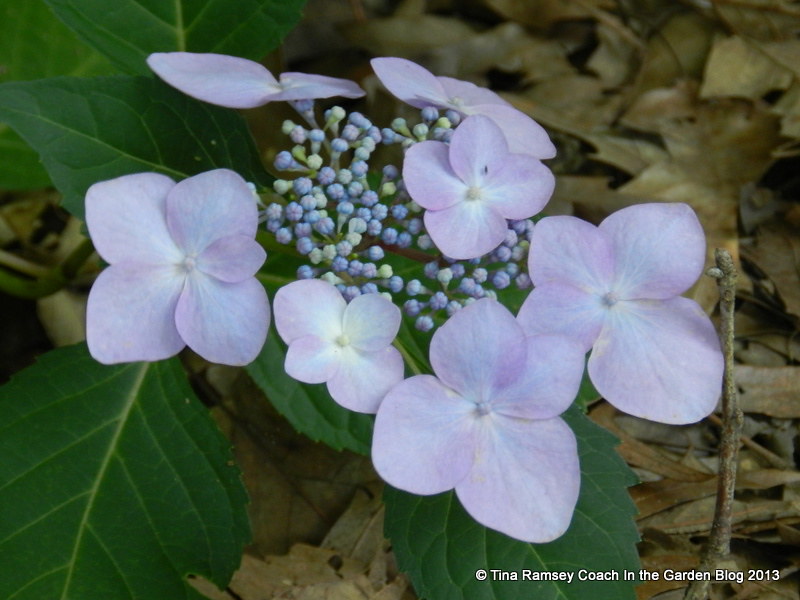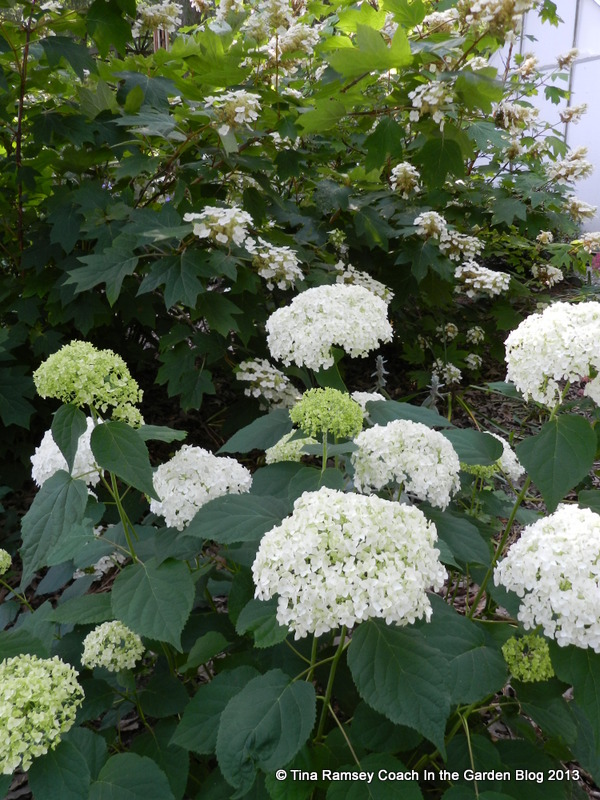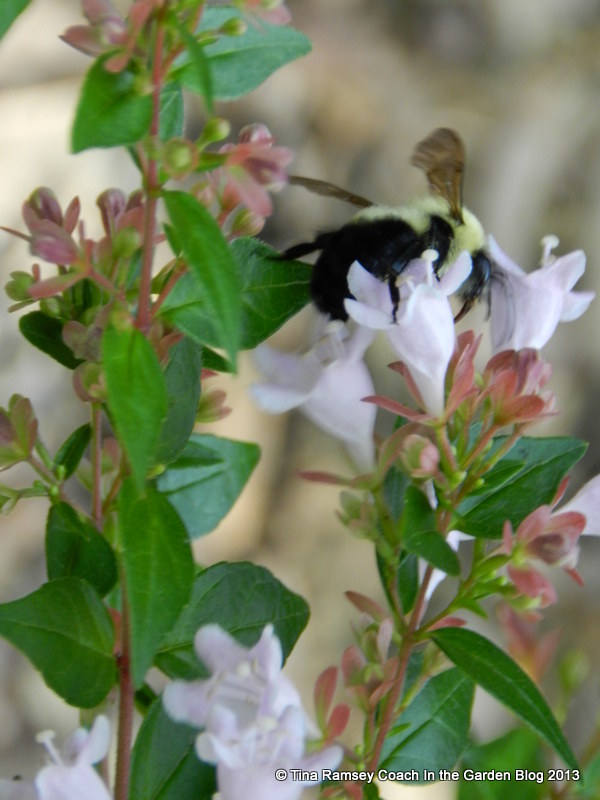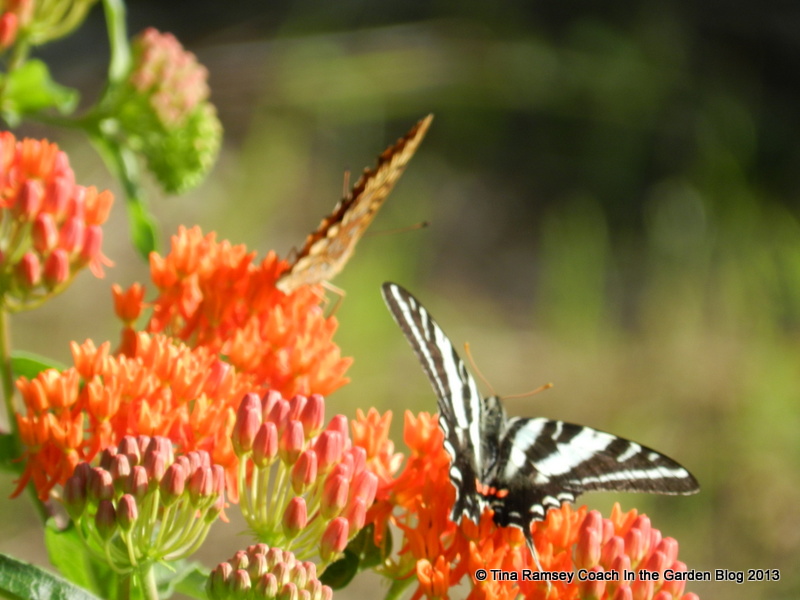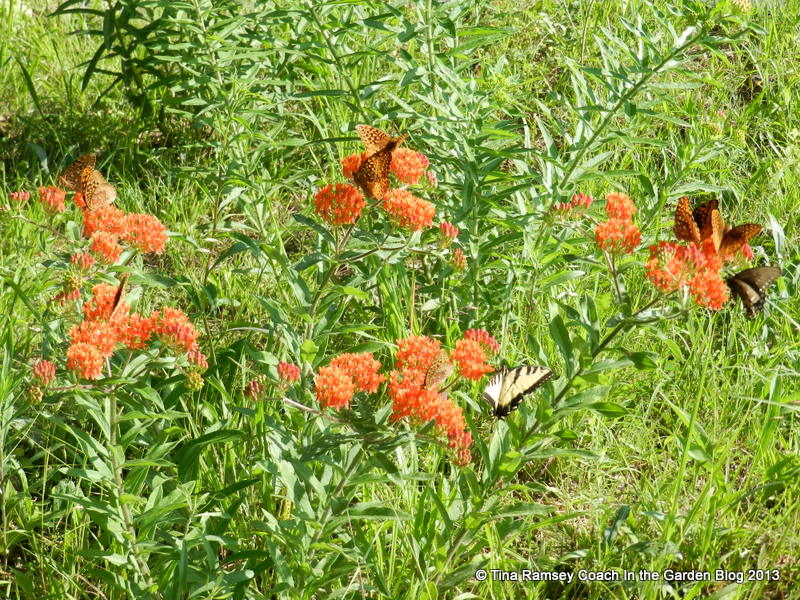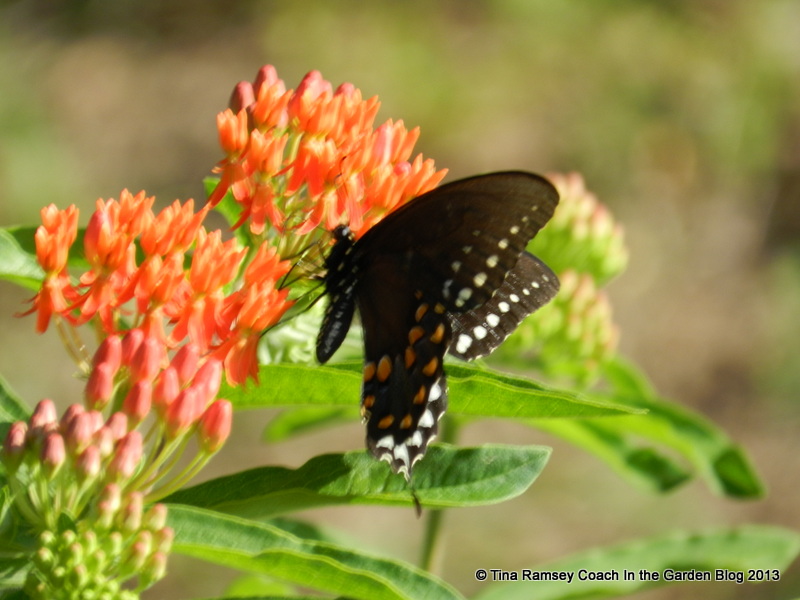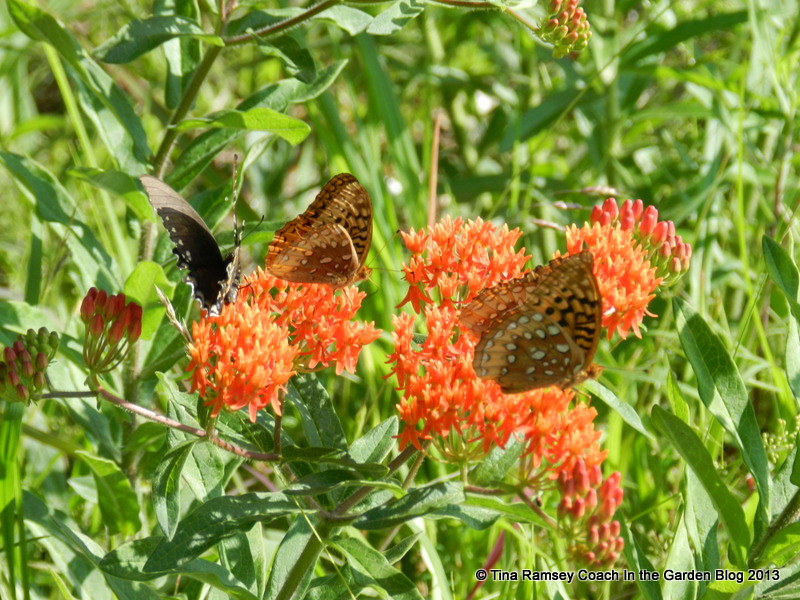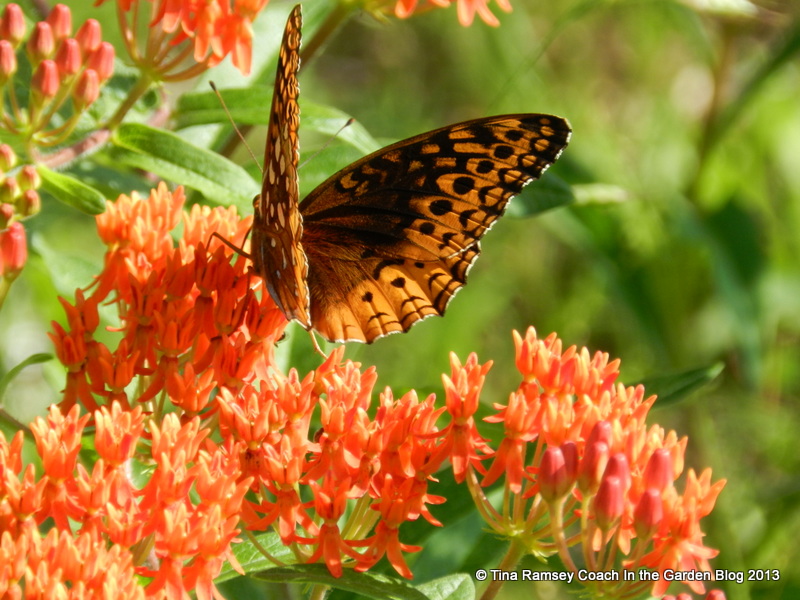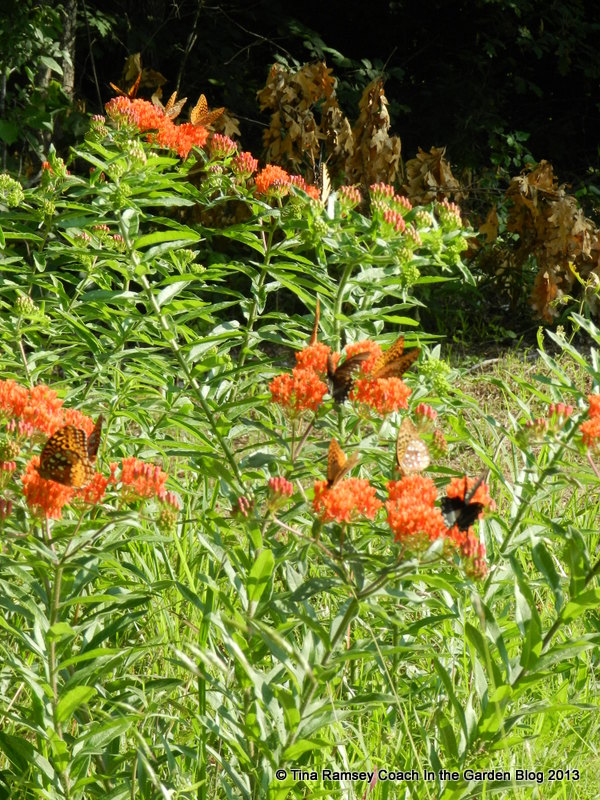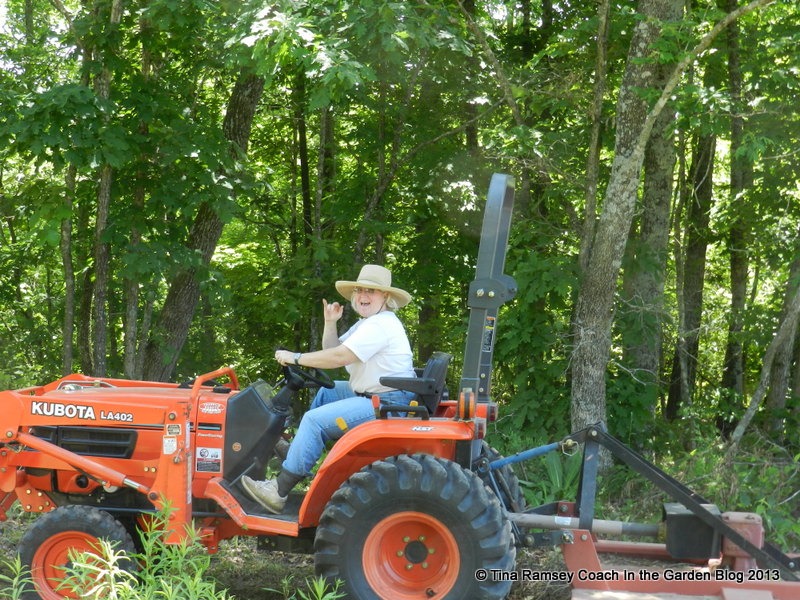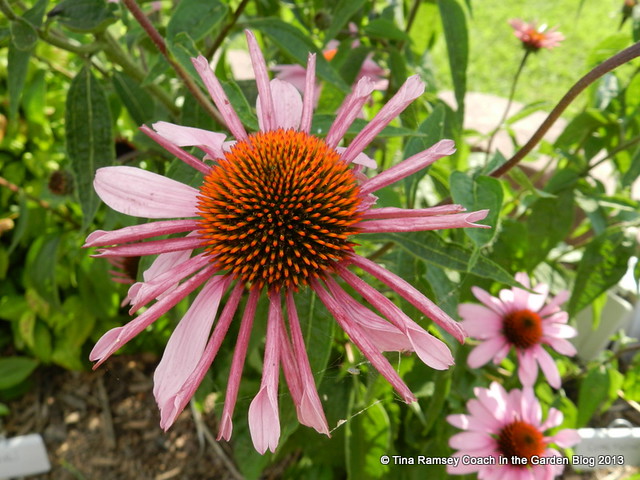
Echinacea purpurea hybrid
Just about everyone who has ever picked up a trowel knows what a coneflower looks like and most likely even grows some coneflowers or has grown them. The familiar purple coneflower (Echinacea purpurea) is a big butterfly draw and is such a nice drought tolerant plant with tons of blooms in the summer that one simply cannot help but to grow them.

This post is about coneflowers but not the familiar one we all know that you saw in the first picture; no, this post is about the pale coneflower, Echinacea pallida. All pictures after the first one are of the pale coneflower. There are several differences between the purple and pale coneflowers that include not only their looks but how they grow.

The pale coneflower is quite different from the normal purple coneflower in that its petals reflex down, it has a rather large taproot, and its foliage is clustered mostly at the base of the plant. The pale coneflower is also quite a hairy coneflower. Also, this coneflower is a protected species in many states due to the fact that many plant collectors have over harvested wild stands of this coneflower for the roots; which are used in herbal medicines. If you look closely at the second picture of this post you might notice someone (most likely the property owner) has installed a blue rope fence to protect the pale coneflowers from would be collectors of this treasure on the side of a Kentucky country road.
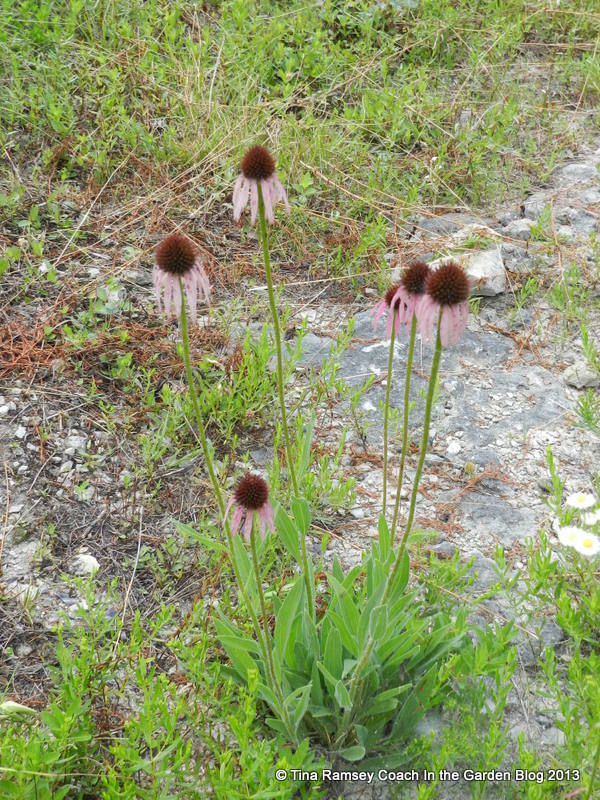
I have never seen these growing in the wild but I happen to have an awesomely knowledgeable gardening friend who is quite well acquainted with the local area and this particular stand of pale coneflowers. It was about six years ago Sandy mentioned to me this special place. I am most ashamed to say it has taken me all these years to finally get together with her to go and visit it just this past Wednesday.
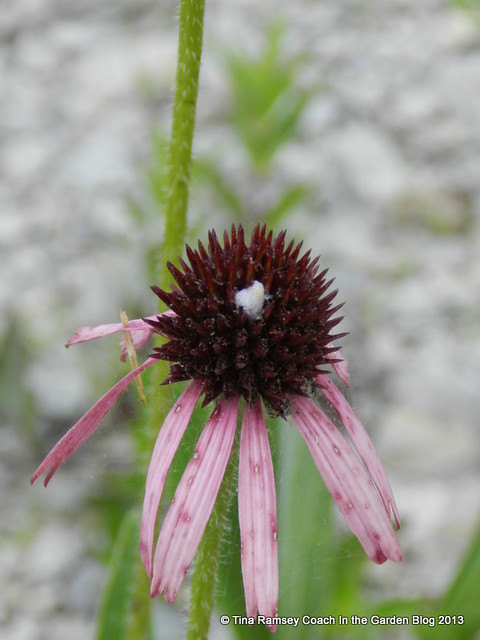
I don't personally grow pale coneflowers and honestly don't think they would grow well on my farm but I do have to appreciate these tough coneflowers growing in gravel with no care from a gardeners hand. I have read where these coneflowers, unlike the purple coneflowers, like tough conditions and can be found growing in glades, limestone outcrops, and other gravelly areas that have a high pH. The pH on my farm is very low so right there that tells me there is a red light for them to grow on the farm. I also think these coneflowers would be much harder to transplant than the purple coneflowers due to the very large taproot the pale coneflowers have. That very taproot is what allows this coneflower to be very drought tolerant. Drought tolerance is a trait both pale and purple coneflowers do share.
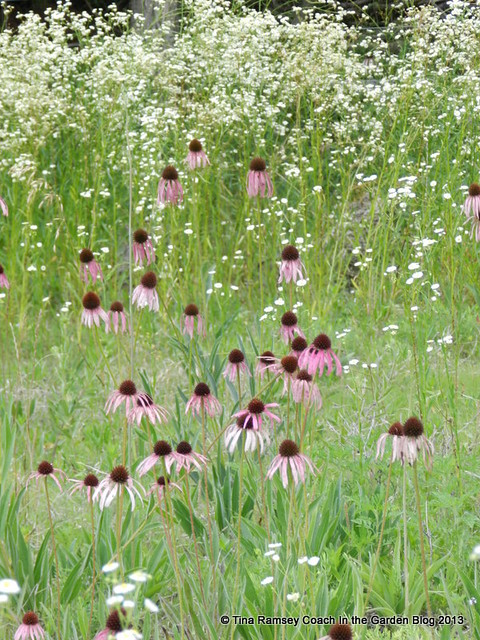
These are native coneflowers and are very beautiful when found growing in the wild. Just look at how perfectly they photograph with what I believe to be some type of erigeron. I so enjoyed my outing with Sandy and was quite impressed with these lovely native wildflowers....
in the garden...
